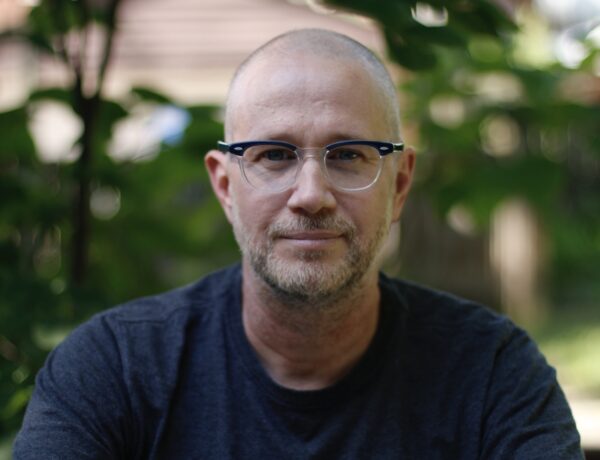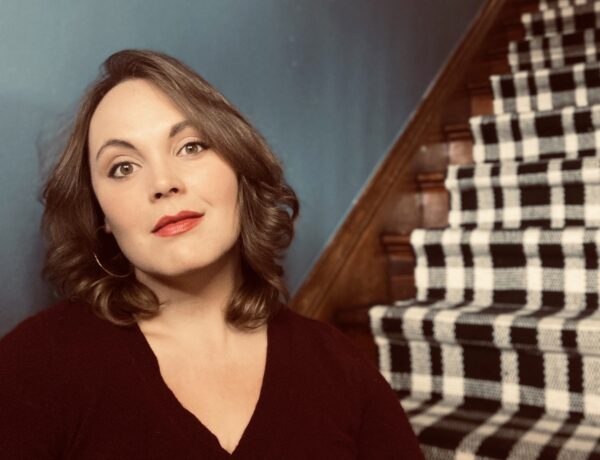Mary Otis is the author of the novel, Burst (Zibby Books), which is longlisted for the 2024 Joyce Carol Oates Prize and won the 2023 Silver Medal in Literary Fiction from the Independent Book Publisher Awards.
Burst was chosen by Good Morning America, the New York Post and Orange County Register as one of the Best Books of Spring 2023. Mary has also published a short story collection, Yes, Yes, Cherries (Tin House).
Her stories and essays have been published in Best New American Voices, Tin House, Electric Literature, McSweeney’s, Los Angeles Times, Los Angeles Review of Books, and in many literary journals and numerous anthologies.
Hi Mary, welcome to Famous Writing Routines, we’re so glad to have you here with us today! Congratulations on the publication of Burst, can you tell us a bit about the book and what inspired you to write it?
Burst originated from my short story, “Flight,” which sprang from the image of a mother madly driving down the freeway with a child in the back seat of her car. Once the story was published, I thought I was done with the characters, but apparently, they weren’t done with me. It was a favourable and urgent haunting—powerful enough to launch me into a novel.
Burst illuminates a complex mother-daughter relationship, addiction, and its inheritances, and it explores the risks, challenges, and rewards of being an artist. I was compelled by the task of working with words to write about various art forms, particularly dance.
Sometimes, synchronicity comes into play. Once, after a long day of working on Burst, I took a walk in the park and saw a woman who bore a close resemblance to a character I’d just imagined. While writing a story or novel takes work, I have great respect for the invisible and mysterious signs and signals that guide us along the way, when it seems the world leans in and conspires with us to write.
How did you approach writing a novel compared to your previous work in short fiction?
When I’m pulled to write about something, the first important decision I need to make is which form will best support the material—whether it will be a novel, short story, essay, or poem. Sometimes it takes a while to discern that, but almost always the writing itself will reveal to me the size and type of “house” it wants to live in.
My first book, Yes, Yes, Cherries, was a short story collection, and I’m drawn to the task of trying to deliver large truths in tight places. The brevity of the short story form is exciting and demanding, like trying to run down a balance beam.
A novel, however, presents a great deal more creative real estate and enables me to illuminate themes in greater depth and explore my characters over the course of many chapters and years. With BURST, crucial scenes and storylines came to me first (albeit out of order) and when I was first developing the novel I wrote to those hot spots. Many of those sections never changed from the initial draft. Later I concentrated on the structure and sustaining the narrative.
Without giving away too much, are there any scenes or passages in Burst that you are particularly proud of?
The death of one of the central characters came to me all at once, and it was a rather profound experience to write it. It was also one of the first passages I wrote Burst even though the scene doesn’t occur until much later in the book.
You have previously published a short story collection, Yes, Yes, Cherries, and your work has been published in many respected literary journals and anthologies, including Best New American Voices, Electric Literature, McSweeney’s, and Tin House. What has been the highlight of your writing career so far?
Every publication is a highlight, but I would say my novel Burst in that I was with the characters for a significant amount of time. Once the book was published, it was almost startling when readers would come up to me at bookstore events or book festivals and talk about my characters . I felt like “Wait—you know them, too?”
What is your writing routine like? Do you have any daily habits or rituals that help you stay focused and productive?
Walking is integral to writing for me. I walk almost every day and sometimes at night. I see and hear so much in my ambulatory travels (most of which ends up on an index card for future work). Additionally, I often get ideas when I’m walking and “not writing” that end up in the next day’s writing.
My writing process has to do with being captured by something to the extent that I become somewhat obsessed about it. The emotional challenge is to head fully toward something that intrigues me, frightens me, or gives me great joy. I’ve been surprised to find that the emotion that initially yanked me into a story in the first place can crack open another emotion—usually one I didn’t expect.
Finding something hilarious that on the face of it seemed tragic comes to mind. My intellectual challenge is to learn something I don’t know (or learn something new about something I do know) and share it in a way that readers can deeply connect to.
How do you approach revision and editing? Do you have a specific process for going through and improving your work?
I like to revise the previous day’s work before I begin each day. I enjoy revising on the sentence level, but I’m also concerned with how a piece works on the subtextual and subconscious levels (the urgent emotional concerns and conflicts) and that informs my initial edits.
I find it helpful to take time between drafts. When I read something again, in a week or a month I can see it with new eyes, and I often read out loud because it helps me determine what to cut, change or clarify. Once I’ve come to the end of a story or chapter, a kind of creative destruction begins and I’m looking at how scenes function in relation to each other, how the themes interweave, and the book’s pacing. Finally, once I have a completed draft, I go through the entire process again on a global level.
If you could have a conversation with any author throughout history about their writing routine and creative process, who would that person be?
I would need to have two conversations–Alice Munro and Joy Williams. Alice Munro’s ability to inhabit and reveal the hidden, complex lives of her characters, her skill in moving forward and backward in time, and her ability to illuminate emotion with depth and precision showed me what was possible in scope and scale in a short story. Joy Williams’ writing is ominous and comic, and I am in awe of her spiky observations, ferocity, her ability to upend expectations, and the symbolic poetry of her language.
I’d love to know about the books you’re reading at the moment. What have been some of your favourite reads?
A few of my favourite recent releases are: The Last Animal by Ramona Ausubel, They’re Going to Love You by Meg Howrey, Take What You Need by Idra Novey, The Story of a Poem by Matthew Zapruder, and I’m looking forward to the Lorrie Moore novel, I Am Homeless if This is Not My Home.



No Comments